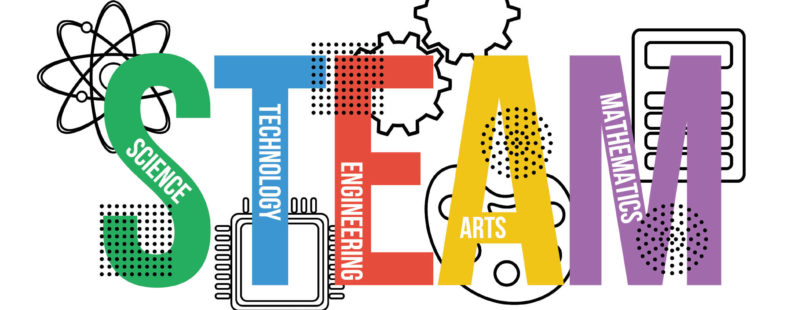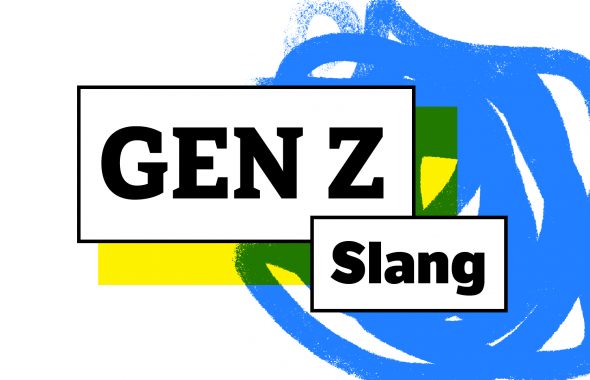Schools are ground zero for alphabet soup—educators seemingly love to name things using acronyms. STEM, GPA, KWL. While all of this jargon can seem kind of daunting, it’s not too bad once you learn the ropes. And we are here to help.
So, get out your pencil and notebook, raise your hand for roll call, and prepare for School Acronyms 101.
WATCH: What Is The Difference Between Abbreviations And Acronyms?
STEM
You may think that a stem is a part of a plant—and you wouldn’t be wrong—but STEM is an acronym that stands for Science, Technology, Engineering, and Math. The acronym was created in 2001 by American biologist Judith Ramaley at the National Science Foundation. STEM is used as shorthand to refer to classes, curriculum, or professions that incorporate elements of those four fields.
In the modern world, STEM disciplines are increasingly important for developing new technologies and maintaining existing infrastructure. In the school setting, curriculum that is focused on STEM learning integrates elements of science, technology, engineering, and math into a variety of contexts.
STEAM
While science, technology, engineering, and math are great, art—and creativity in general—is also important. After all, research shows liberal arts majors make as much as STEM majors by the middle of their careers. That’s because the skills from the arts—how to analyze, be creative, and communicate complex ideas—are valuable in the modern world.
STEAM stands for Science, Technology, Engineering, Arts, and Math. The addition of the arts to STEM came around in the late 2000s, as educators worried about the overemphasis on science and technology in the classroom, to the detriment of traditional liberal arts education.
In a STEAM curriculum, creative elements are added to existing STEM courses, or vice-versa, elements of science are added to traditional liberal arts courses. For example, a STEAM biology course might involve students studying a bird’s habitat, and then writing a short story from the bird’s point of view.
GPA
In the American education system, your GPA is the number that is seen as the summary of how well you did in your classes (no pressure). GPA stands for Grade Point Average. So, what is a grade point, you may ask?
Well, different schools calculate GPA slightly differently. But, generally speaking, the GPA system works like so:
A: 4 points
B: 3 points
C: 2 points
D: 1 point
F: 0 points
What happened to E? Not sure.
At any rate, your grade point for every class each semester, every year, and throughout high school is averaged to create your GPA. The closer your GPA is to 4.0, the better you’ve done (and if it’s higher than 4.0, you’re really something).
SAT and ACT
If you’re planning on going to college, you’re likely going to need to take the SAT or the ACT (or maybe both). And if you’ve been to college, you’ve taken one of these exams. The SAT and the ACT are standardized tests that colleges and universities in the United States use to decide admittance, along with GPA, extracurriculars, letters of recommendation, and essays.
The SAT, which stands for Scholastic Aptitude Test, is the older of the two. It was first introduced in 1926. The ACT, which stands for American College Testing, was introduced in 1959. While the exams have their differences, they are similarly multiple-choice tests that have reading, writing, and mathematical sections. Another thing they have in common? It’s good to practice before you take them!
IDEA and IEP
In 1975, President Gerald Ford signed into law one of the most important pieces of legislation in American education—Education for All Handicapped Children Act, which ensures that every student has access to an education, regardless of disability. It is now known as the Individuals with Disabilities Education Act (IDEA), under which schools are required to provide individualized support and appropriate evaluation to students with disabilities.
As part of IDEA, educators and family members are to work together in a team to create an IEP, an Individualized Education Plan. An IEP is a confidential plan that outlines a student’s disability and what accommodations teachers are expected to provide in class. IEPs are an important tool for making sure each student has the chance to succeed.
ELA and ESL
Here at Dictionary.com, we love the English language. That’s probably why we are particularly fond of these two acronyms: ELA and ESL. They’re the classes we think are the most important (but, granted, we’re biased).ELA stands for English Language Arts. ELA classes cover all manner of things related to the English language, from literature to grammar to how to write a punchy essay. A less-technical way of referring to ELA class is simply as “English class.”
Hundreds of thousands of students around the world also take ESL, English as a Second Language, sometimes known as EFL, English as a Foreign Language.
ESL is somewhat similar to an ELA class, because students learn reading and writing in English. However, the focus is more on the building blocks of the English language—the foundations that will make it possible for students to succeed with flying colors in ELA classes.
KWL
A favorite tool of many teachers is a KWL chart. Don’t worry, this isn’t another exam.KWL stands for “Know, Want to Know, Learned.” It’s a great way to track your progress throughout a lesson. Here’s how it works: you start by listing everything you already know about the topic at the beginning of the lesson. Then, you write down any questions you have about the topic. At the end of the lesson, you go back to your chart. In the Learned column, you write what you learned—particularly if your questions were answered. It’s exciting to see how much new info you can pick up in a relatively short period of time.
If you were to complete a KWL chart for this article, what would you say you learned? And what questions do you still have about school acronyms? Let us know!












